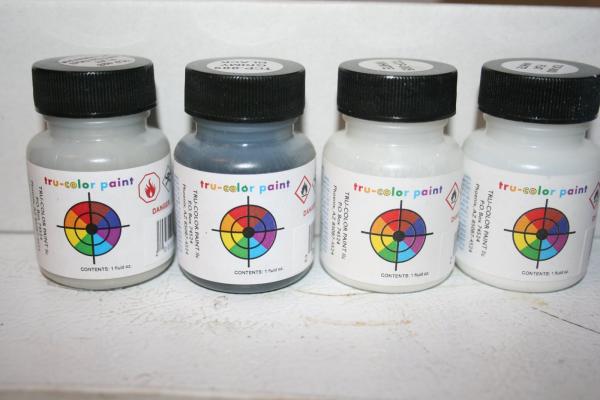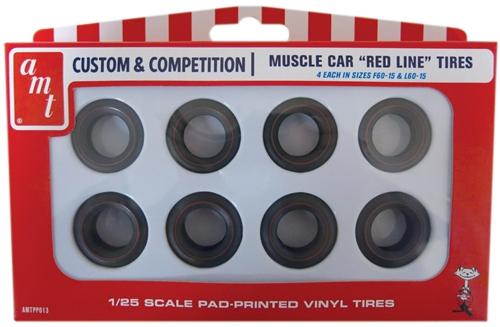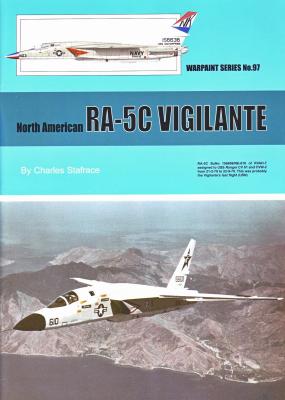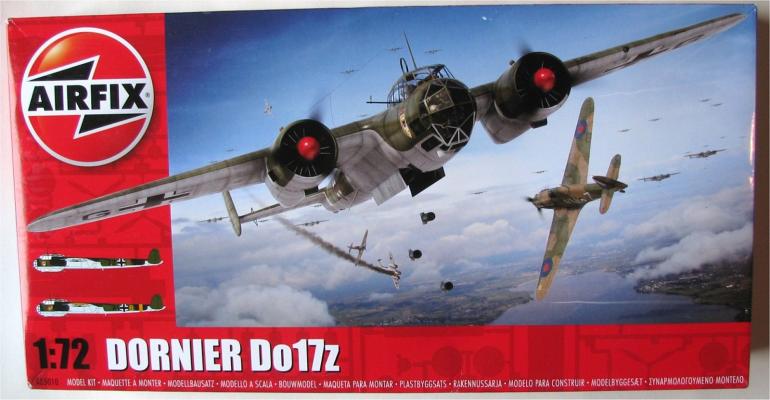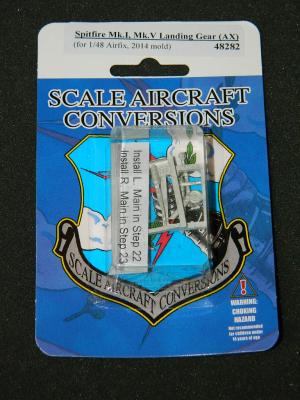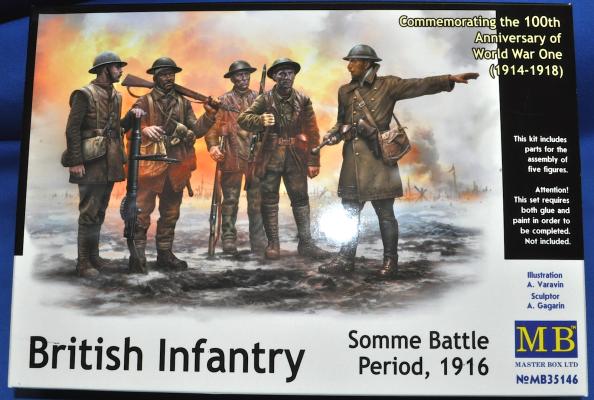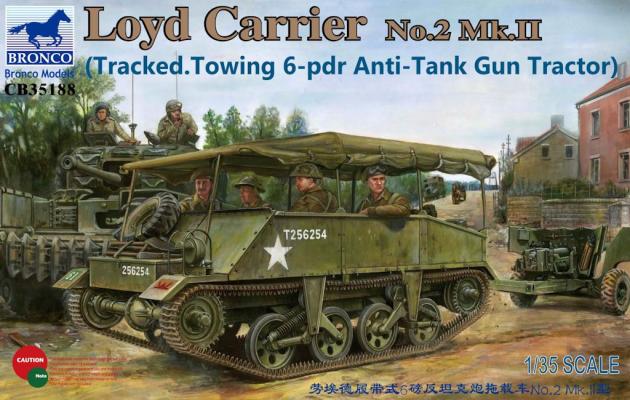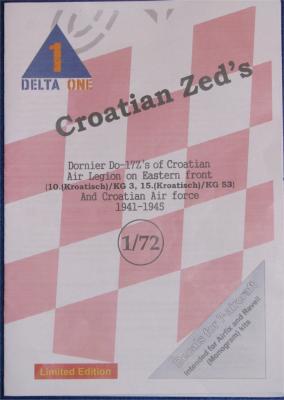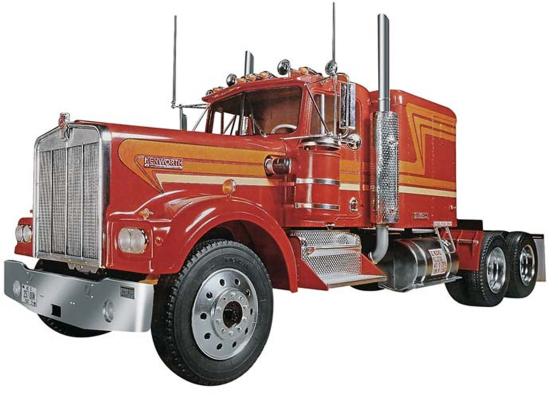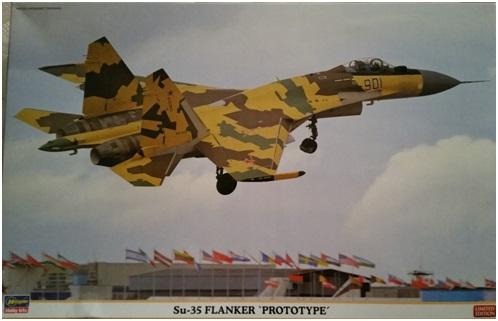When I heard that Floquil railroad paints were being discontinued, I rushed out and bought several bottles of my favorites, Grimy Black and Reefer White. But knowing that these two or three bottles wouldn’t last forever, I asked the proprietor at my LHS (The Hobby Depot) if there was any replacement on the horizon. Dick replied that there was already a line of railroad paints which had been out for several years, and that he had just received a stock. Sometimes it’s good to go to a shop which carries supplies for other hobbies, like model railroading. I bought TCP005, gloss white, TCP009, grimy black, TCP800, flat white and TCP828 flat imitation aluminum.
Reviews
AMT and Round 2 are known for their automotive kits and have been for a very, very long time. To add to their cars, here’s some really nice tires as part of their "Custom and Competition" line. Anybody building a muscle car from the ‘60’s needs a set of these puppies. You get 4 F60 x 15 and 4 L60 x 15 tires. There are no wheels in the accessory pack. I just put some Cragar SS wheels for the pic.
And here’s a problem/issue I found. Round 2 does not have the tires shown on their website. Several aftermarket outlets have the tires available from their websites. Regardless, these are great additions to any muscle car and are recommended.
My thanks to round 2 Models for the review sample.
If you have never have had the chance to review one of Guidelines Warpaint series, here’s a brief description. First they provide a complete and detailed history of the subject including a complete production list of air frames, squadrons which used the planes along with a list of serial numbers and codes, and a comprehensive specification list covering the technical aspects of the plane. With this they have the historians covered. Secondly, they have 1:72nd scale multiple view plans. Also included are detail pictures, pages of superb color camouflage drawings, and photography in color and black and white. There is also a list of kits, decals, and accessory list. Modelers are covered too.
History
During the early years of the Second World War the Dornier Do17 was one of the Luftwaffe’s most important medium bombers. Developed during the early 1930s, first as a mail plane then as a reconnaissance bomber, the Dornier was nicknamed ‘the flying pencil’, due to its very thin tapering fuselage. While early versions used inline engines, the iconic and most widely used Z variant used Bramo radial engines, and featured a re-designed cockpit area, with the intention of providing more space and defensive capabilities for the crew. However this was not wholly successful; its small crew area and lack of power operated turrets making it easy prey for allied fighters.
Thanks again to our prolific IPMS supporter, Ross at SAC, and to IPMS leadership for providing this set for review.
This set simply replaces the main and tail gear on the Airfix 1/48 new release (2014) Spitfire Mk I and Mk V.
BUT wait, there’s more! Included in this set are two different versions of the spine-mounted Radio aerial post, and the underwing Pitot tube. Very nice, and good use of a small set’s versatility, particularly since there is not much to this set as far as metal volume. Might as well amortize costs, and this does it.
Notice on the stock kit that the main gear is in two parts; the upper strut and pivot assembly, along with the uplock arm, which attaches to the trunnion pivot points, and then later in the build, the lower shock strut. Why was this done? So you could install the fragile gear later, while working on the rest of the model, without cleaning off the gear with gorilla hands. Smart engineering.
Master Box has joined the parade of World War One subjects, commemorating the centennial of the Great War, by providing this set of British Infantry from the time around the Battle of the Somme in 1916. During these centennial years of the Great War (1914 -1918), we are seeing numerous WWI subjects especially aircraft and armor hit the market in record numbers. Aerodrome ground crews, tank crews and infantry will provide modelers with the opportunity to create some dynamic dioramas of this important conflict.
The Loyd Carrier was built upon the mechanicals (engine, gearbox and transmission) of a 15 cwt 4x2 Fordson 7V truck with light steel frame to which armor plate was bolted to the front and sides for minor protection. The engine was at the rear of the Carrier with the radiator places behind it. The transmission took the drive forward to the axle at the very front where it drove the tracks. Both the front drive sprockets and idlers (which were also notched) at the rear of the tracks were fitted with brakes, actuated by a pair of levers by the driver. To turn the vehicle to the left, the brakes were applied on that side and the Carrier would slew round the stopped track.
The upper hull covered the front and sides but was open to the rear and above; as the Carrier was not expected to function as a fighting vehicle this was not an issue. To protect the occupants from the weather a canvas cover could be put up with included frames.
Delta One has produced some interesting decals and this set is no different. This sheet gives you marking options for 7 different Dornier Do-17Z’s of the Croatian Air Legion on the Eastern front {10.(Kroatisch)/KG 3, 15.(Kroatisch)/KG 53} and Croatian Air Force 1941-1945.
You are provide in a ziplock bag a beautifully printed decal sheet, that's in register, inside of an 11 page booklet. Inside the booklet on the first two pages is a brief history of the Croatian Do-17Z, a brief description of each of the 7 aircraft and sources for their research.
There is color artwork for 7 A/C that includes both sides, top and partial underside views and also a color chart for each aircraft. The options included are:
`The key word for this article is “big”.
Kenworth trucks are the “big rigs” of my childhood. I remember being entertained by “BJ and the Bear”, getting into CB-radios, Smokey and the Bandit, and being in awe of those truckers who could rattle on in CB-lingo for ten-minutes straight, and feeling lucky if I could manage to decode any of it. “10-4 good buddy – I got ya 5 by 5! Kojak with a Kodak in a gumball machine handing out invitations to meet the mayor at the Hilltop gun range. Keep to the double-nickel. Had me some hundred mile coffee last fingerprintin’ - on the way to a pickle park – over.” Even vaguely remember a series of trading cards with “trucker lingo” on them in a pack with a very stale piece of gum back in the day.
First shown to the public in 2007 the Su-35 has been under development since 2005. The Russians have classified the Su-35 as a “fourth ++ generation” fighter. Essentially the Su-35 is an upgraded version of the Su-27. One of the most noticeable upgrades being the Su-35 having thrust vectoring nozzles.
There are roughly 299 parts in the kit however some of them aren’t used. There are 15 total sprues, one of which is a stand for the model, and there are 3 duplicate sprues. The decals provided allow making either the 901 or 902 prototype version plane. There are a lot of options selecting armament for the plane, which makes that step fun. This is a re-boxed kit with a change of decals so there isn’t a major upgrade in any of the tooling. The fuselage comes in two halves and they fit together really nicely. The panel lines are scribed and some will need to be put back in when you sand down edges, but most of it looks deep enough that it shouldn’t be too much of an issue.

